
Beyond Distant Starlight: Next Steps For Creationist Cosmology
pp. 1–9 • James Upton
On both large and small cosmic scales there is a diverse range of trends, patterns, and phenomena that beckon some kind of explanation.
MLACopy
APA
Chicago
${currentCitationStyle} Citation Copied to Clipboard
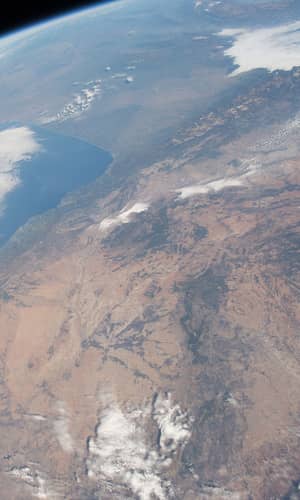

pp. 1–9 • James Upton
On both large and small cosmic scales there is a diverse range of trends, patterns, and phenomena that beckon some kind of explanation.

pp. 11–23 • Mitchel Soltys
The Bible’s description of created kinds implies an information model which uses variables. The findings in this paper show that a model which uses variables forms a basis for understanding biology.
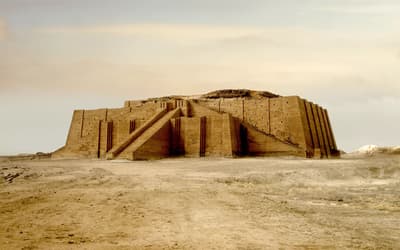
pp. 25–53 • Anne Habermehl
This biblical story is believed by many to be the record of a real historical event that took place after the worldwide Flood, at a time when the earth’s population still lived together in one place.

pp. 55–74 • Dr. Larry Vardiman , et. al.
A hypercyclone was simulated over the Arabian Sea to test enhanced precipitation over the Middle East and explain evidence for greater vegetation in the past.

pp. 75–80 • Dr. Jerry Bergman
Darwinists try to disprove the argument from design by providing examples of what they claim are poor design.
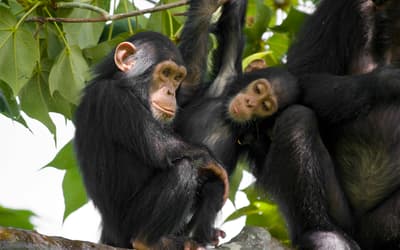
pp. 81–88 • Jeffrey P. Tomkins
When evaluating comparisons between genomes using DNA sequence, it is important to understand the nature of how that sequence was obtained and bioinformatically manipulated before drawing conclusions.

pp. 89–101 • Dr. Tim Chaffey
Few individuals in church history are as popular as Augustine of Hippo. Old-earthers claim him as support for figurative interpretations of Genesis 1. But what did Augustine really say?
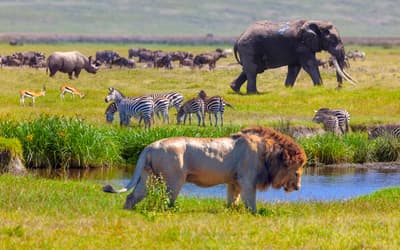
pp. 103–112 • Callie Joubert
Assuming that “natural kind” is a merely biological rather than metaphysical would be a mistake, resulting in Christians having difficulty evaluating and correcting rival views to created kinds.

pp. 113–125 • Callie Joubert
Emergentism defies commonsense; there is also no scientific evidence that something material could produce an entity of a kind radically different from itself.
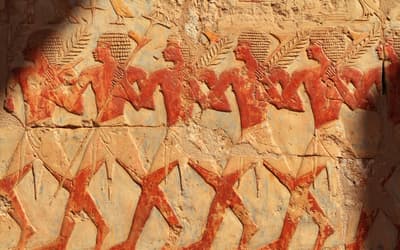
pp. 127–159 • Matt McClellan
This paper will look at the different possibilities that can be constructed concerning how long each dynasty lasted and how they relate to the biblical dates of the Flood, Tower, and Patriarchs.
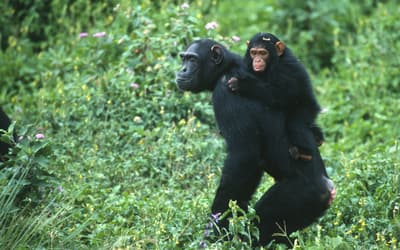
pp. 161–162 • Jeffrey P. Tomkins
The author believes that his use of the Y-chromosome comparison example was misinterpreted and desires to clarify.

pp. 163–166 • J. A. Bourne , et. al.
Controversy and informed debate are the lifeblood of scientific investigation. Thus Ken Patrick’s 2010 paper on the origin of Uluru is welcome.

pp. 167–170 • Ken Patrick
Twidale and Bourne’s comments are appreciated by this author who respects their professional and long-standing experience in the field of modern geomorphology.

pp. 178–183 • Dr. Andrew Fabich
In Western civilization, the Mosaic generation and those that are younger are leaving religious institutions en masse while embracing spirituality nonetheless at unprecedented rates.

pp. 185–194 • Callie Joubert
This paper will show that Christian professor Daniel Brannan’s arguments are based on faulty premises regarding Adam’s constitutional nature, the nature of Adam’s perfection and Adam’s free choice.
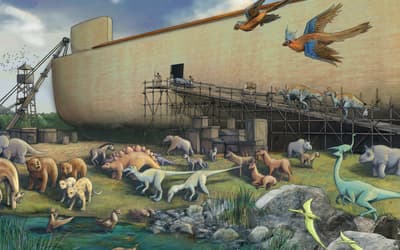
pp. 195–201 • Dr. Jean Lightner , et. al.
This research effort provides information necessary for the best possible reconstruction of the animal kinds preserved on the Ark for the Ark Encounter.

pp. 203–215 • Dr. John K. Reed
Although the term uniformitarianism was not introduced until 1832, the concepts that Lyell so cleverly fused together had already been operating in the nascent discipline of geology for some decades

pp. 217–232 • Callie Joubert
A Christian view of the world entails that science is not a Christian’s ultimate or sole source of knowledge and the physical world is not the only world there is.
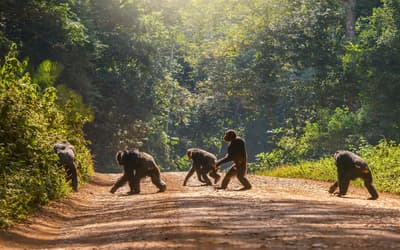
pp. 233–234 • Jeffrey P. Tomkins
To provide a global set of analyses, large-scale comparative DNA sequence alignments between the chimpanzee and human genomes were performed with the BLASTN algorithm.